Stroll through the parks & gardens
Starting point of this marvellous, relaxing walk: the Palais des Nations.
The walk takes about 5 hours.
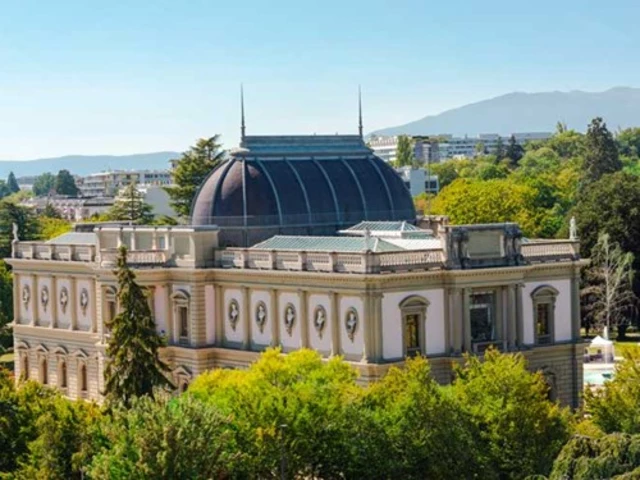
Parc de l’Ariana
Stroll in the quiet Parc de l’Ariana, just next to the Palais des Nations.
The park owes its name to Gustave Revilliod, who christened the estate "Ariana" in homage to his mother, Ariane de la Rive. Built in 1877, Musée Ariana is an architectural marvel in the Italian Renaissance style. On his death in 1890, Revilliod bequeathed the estate to the city. In 1929, Geneva gave the majority of the park to the League of Nations, which in turn offered Parc Moynier and Parc de la Perle du Lac to Geneva. This agreement allowed the LoN to build its famous Palais des Nations while the city had acquired a continuous stretch of magnificent parkland on the lake shore.
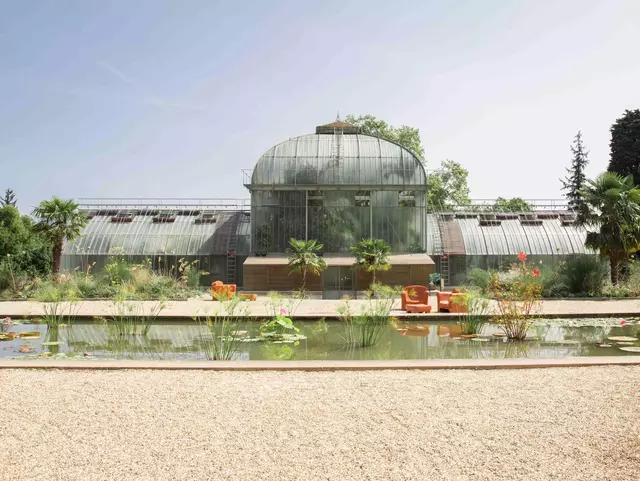
Botanical Garden
Stroll in the monumental Botanical Garden and discover its collection of more than 12,000 species.
In 1817, Geneva’s first botanical garden was created by Augustin-Pyramus de Candolle as an expression of the then prevailing naturalist trend. Originally located in Parc des Bastions, the garden was moved to its current location at Chemin de l’Impératrice in 1904. A living museum, the botanical garden occupies roughly 28 hectares and features one of the world's largest herbariums, with some 6 million samples. Geneva celebrated the 200th anniversary of its Conservatory and Botanical Garden in 2017.
> Leave the Botanical Garden from the main gate and walk down towards the lake.
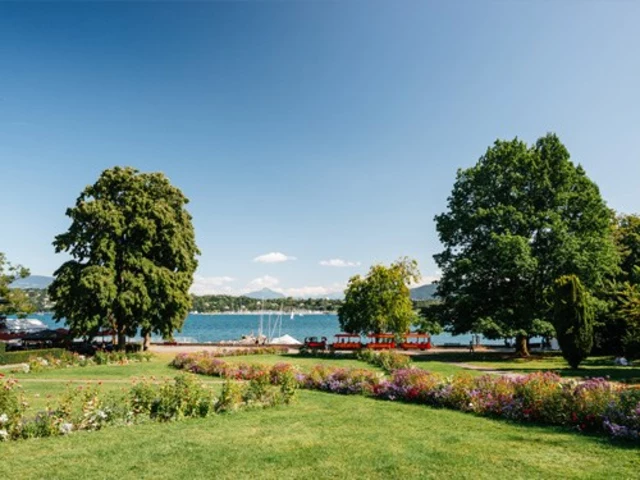
Parc de la Perle du Lac
Relax in the magical Parc de la Perle du Lac, a magnificent green oasis by the lake.
In 1825, François Bartholoni built the Florentine-style Villa Bartholoni, which is now home to the Museum of Science History. The banker then sold the estate to Rolex founder Hans Wilsdorf, whose wife named the park "Perle du Lac". In 1926, Bartholoni’s heirs sold the property to the League of Nations, which also purchased Parc Moynier. In 1929, the City of Geneva granted permission for the Palais des Nations to be built in Parc de l’Ariana, in exchange for the right to use Parc Moynier and Parc de la Perle du Lac.
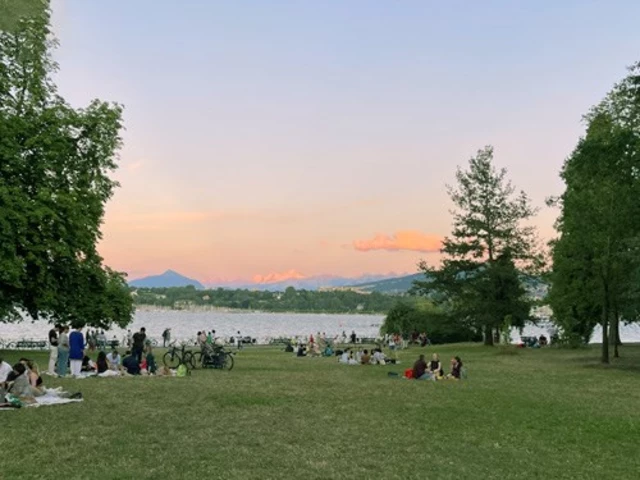
Parc Mon Repos
Discover one of the main gateways to Geneva, the magnificent Parc Mon Repos.
Villa Mon Repos was built in the 19th century by the Plantamours who turned it into a true cultural venue, hosting such artists as Andersen and Châteaubriand. On his death in 1898, Philippe Plantamour bequeathed the estate to the City of Geneva. Between 1901 and 1939, Villa Mon Repos housed the Ethnography Museum before being converted into the experimental centre for Geneva Television.
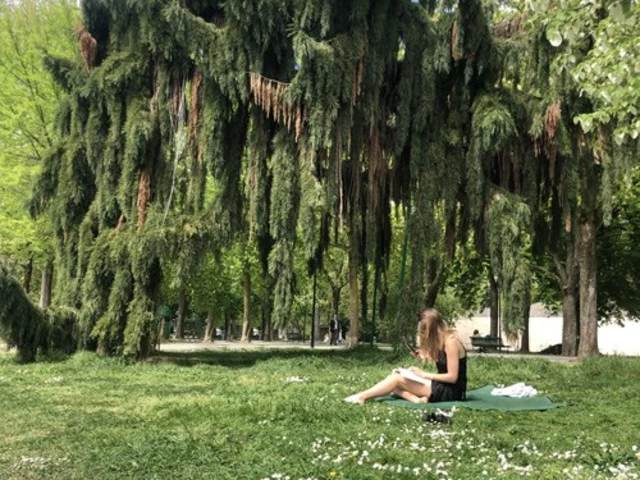
Parc des Bastions
Walk from one beautiful monument to the next in the delightful Parc des Bastions.
Geneva’s first botanical garden was created by Augustin-Pyramus de Candolle in this park in 1817. The garden then moved and Parc des Bastions welcomed the city's old university and its library in 1872. Later, in 1917, the world-renowned Reformation Wall featuring the four leading reformers, Jean Calvin, Guillaume Farel, Théodore de Bèze and John Knox was built here. Today, Parc des Bastions provides the backdrop to some of the most popular events in Geneva, including the Course de l’Escalade, end-of-school events and National Day celebrations.
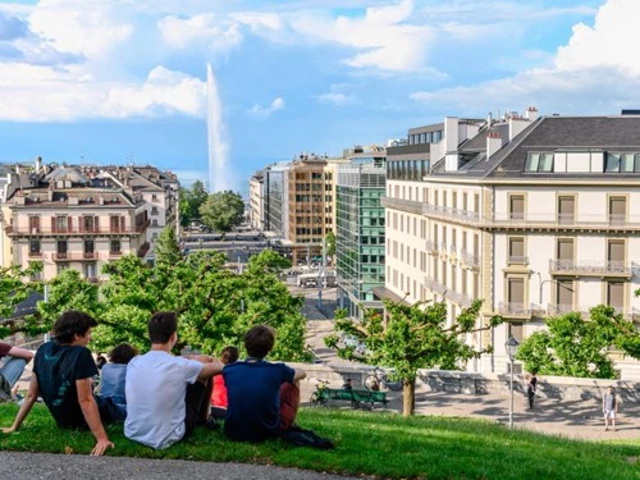
Parc de l’Observatoire
Admire a breathtaking view of the lake and the Jet d’Eau from the beautiful Parc de l’Observatoire.
Nestled in Bastion Saint-Antoine, the promenade owes its name to the observatory that was built in 1772. Two centuries later, the observatory was rendered useless because of the encroaching city lights. it was destroyed in 1969 and a new observatory was built in Versoix. Today, Parc de l’Observatoire boasts a magnificent sculpture of Henry Moore.
> Cross the Mont-Blanc bridge and walk along the lake to the end of the Eaux-Vives district. This walk takes about 1 hour on foot.
> If you’re getting tired, take Bus 6 from the Métropole Bus Stop and get off just in front of Parc la Grange’s magnificent entrance.
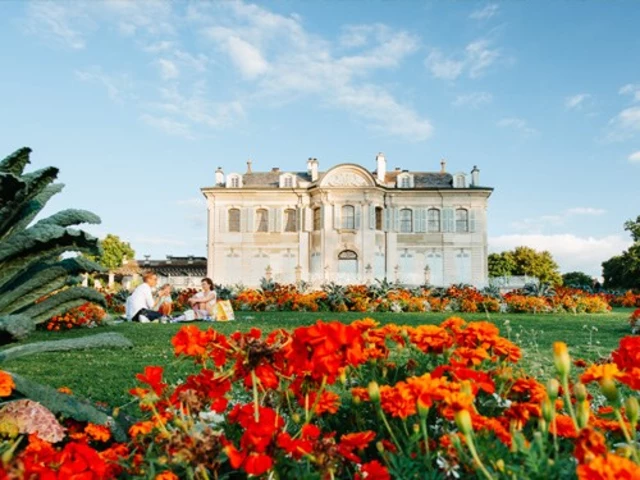
Parc la Grange
Get a breath of fresh air in the gorgeous Parc la Grange and its "Théâtre de la Verdure".
The park owes its name to the Lullins, who built the villa and created a formal garden in the 18th century. The Favre family then bought the park and transformed it substantially, adding a monumental entrance on Quai Gustave-Adore, a pergola, an orangery and finally a magnificent library. In 1864, the park housed the prestigious closing gala for the Geneva Convention. In 1917, William Favre bequeathed Parc de la Grange to the City of Geneva. The most beautiful rose garden of Geneva was created in 1945. The following year, the city created the Geneva International New Roses Competition.
> Go back towards Place-de-Neuve by public transport (Bus 2, then Tram 12) and visit the legendary park.
You have recently viewed
Default
Discover more
